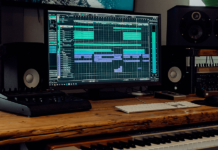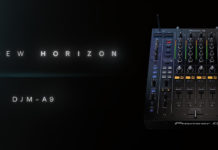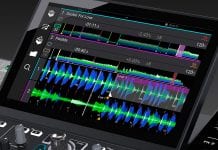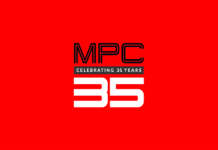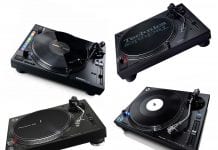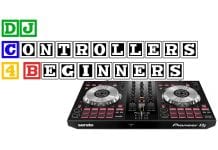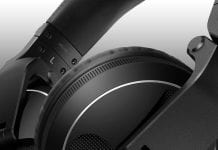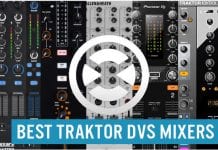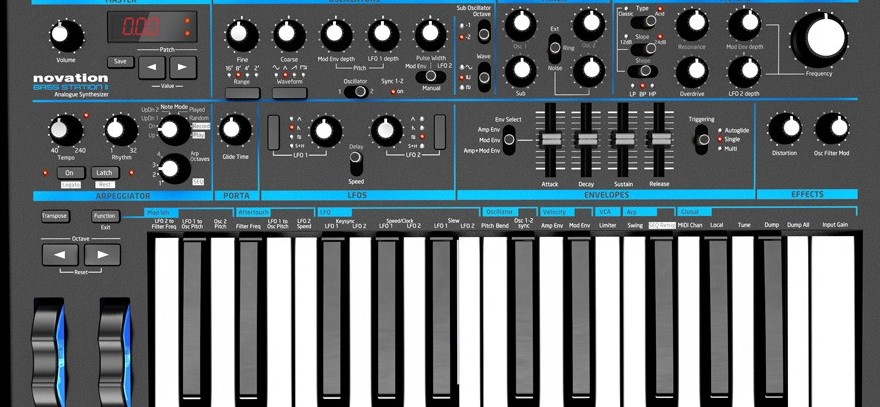What:
An analog synthesizer is a synthesizer that uses analog circuits and analog signals to generate sound electronically. Analog circuits create continuously variable waveforms that sound smooth and natural. The first synthesizers were analog and fairly big in size. A monophonic synthesizer or monosynth is a synthesizer that produces only one note at a time, making it smaller and cheaper than a polyphonic synthesizer which can play multiple notes at once.
When:
Early analog synthesizers used technology from electronic analog computers and laboratory test equipment. They were generally “modular” synthesizers, consisting of a number of independent electronic modules connected by patch cables into a patchbay that resembled the jackfields used by 1940s-era telephone operators. Synthesizer modules in early analog synthesizers included voltage-controlled oscillators, voltage-controlled filters, and voltage-controlled amplifiers.
Where:
Never at any time have affordable analog mono synths been so readily available. There is a broad spectrum of artists who will use these synths, whether it be live bands producers or dj’s, these synths have been a very creative tool in any musical field.
Why:
You will find you are in total control and your own work will become much more meaningful. You’re not relying on bought sounds which everyone can get hold of, you are tweaking and creating sounds of your own accord. The sound generated from a analog synth is raw and has that warm distinctive tone which can only be produced from these devices. Artists have preferred these authentic sounds and argue that they can’t be replicated anywhere else, helping to make your own unique musical style.
How:
Most monophonic synths include keys for playing in notes but some are desktop or rack-mountable. These modules require midi ports (or MIDI via USB) so they can be easily linked to and triggered by midi keyboards, sequencers or computers. Sounds are created by oscillators and then transformed by passing through envelopes, filters, LFO’S and effects which can be tweaked with dedicated controls to create your own patterns and sounds.
Top 3 pro tools:
 1: Moog Mother 32 (£499)
1: Moog Mother 32 (£499)
The Moog Mother-32 is the first tabletop semi-modular synthesizer from Moog. It is a distinctive analog instrument that adds raw analog sound, sequencing and extensive interconnectivity to any electronic or modular ecosystem. This expansive new live performance and production instrument is handcrafted in Asheville, NC and has been meticulously designed to provide musicians with a diverse array of creative tools to inspire new music, unique sound and endless sonic exploration.
Features:
• Semi-Modular design requires no patching for swift, inspired music creation
• Voltage Controlled 32 Step Sequencer with 64 Sequence Locations
• Low Pass & High Pass Moog Ladder Filter (20Hz–20kHz) with voltage controlled resonance
• External audio input for processing outside sound sources
• Definitive Moog oscillator with Pulse and Sawtooth wave outputs
• 5-pin MIDI input and MIDI to CV converter
• 32 Modular Patch Points (Includes 5 patch cables)
• 2 Voltage controlled mixers
• Superb companion to Werkstatt 01, Minitaur and other synthesizers
• Main module can be easily transferred into a Eurorack skiff or case
• Mount 2 or 3 units vertically with optional 2 and 3 Tier kits
• Complete solution for new Eurorack users – no other items required
Pro tip:
By patching the KB CV output to the LFO RATE CV input, you are able to increase and decrease the LFO Rate based on the pitch of each note played
2: Novation Bass station 2 (£349.99)
The Novation Bass Station II can faithfully reproduce analog bass sounds similar to a TB-303, Micromoog or Pro One synthesizer. The small keyboard and monophonic architecture set this keyboard up for strict bassline, lead synth lines, and synth fx.
Features:
- Analogue synth based on classic version
- 2 unique analogue filters
- Load and save patches
- MIDI i/o and USB
- 25 full size keys
Pro tip:
64 available free patch slots, so you can easily save and load your own patches on the unit, or in the free librarian software.
 3: Arturia Microbrute (£239)
3: Arturia Microbrute (£239)
The Arturia MicroBrute is pure analog sonic powerhouse of a synth. Small in size but loaded with features it follows in the footsteps laid by its big brother the MiniBrute.The MicroBrute features a single VCO with three waveforms you can mix at will, three waveshapers, an overtone generator, a classic Steiner-Parker filter, and Arturia’s infamous Brute Factor. You also get a step sequencer and a Mod Matrix that gives you tons of modulation options and connectivity with other synths.
Features:
- 100% analog signal path, amazing flexibility, incredibly affordable!
- 3-waveform voltage-controlled oscillator with Saw, Triangle and Square waves
- Waveshapers modify and animate your sounds, for a broad palette of sonic possibilities
- Overtone generator delivers additional harmonics, from one octave down to a fifth up
- Oscillator waveshapers: Ultrasaw, Pulse Width, Metalizer
- Steiner-Parker filter gives the MicroBrute a unique sound
- Arturia’s infamous Brute Factor lets you dial in dangerous distortion
- Step Sequencer is a source of fresh ideas and endless inspiration
- Modulation Matrix gives you semi-modular flexibility
- 25 mini-key velocity-sensitive keybed
Pro tip:
Step-input notes and rests to easily build your own rhythmic patterns, then transpose your sequences up and down using the keyboard. Let your sequences run while you tweak your sounds in realtime.
Resources:
https://www.attackmagazine.com/reviews/the-best/ten-of-the-best-analogue-mono-synths/
http://www.musictech.net/2013/09/hardware-synths-ten-best/
http://www.thesynthesizersympathizer.com/2014/03/buying-your-first-analog-synthesizer.html

